Falls in the Elderly: Causes & How to Prevent Them
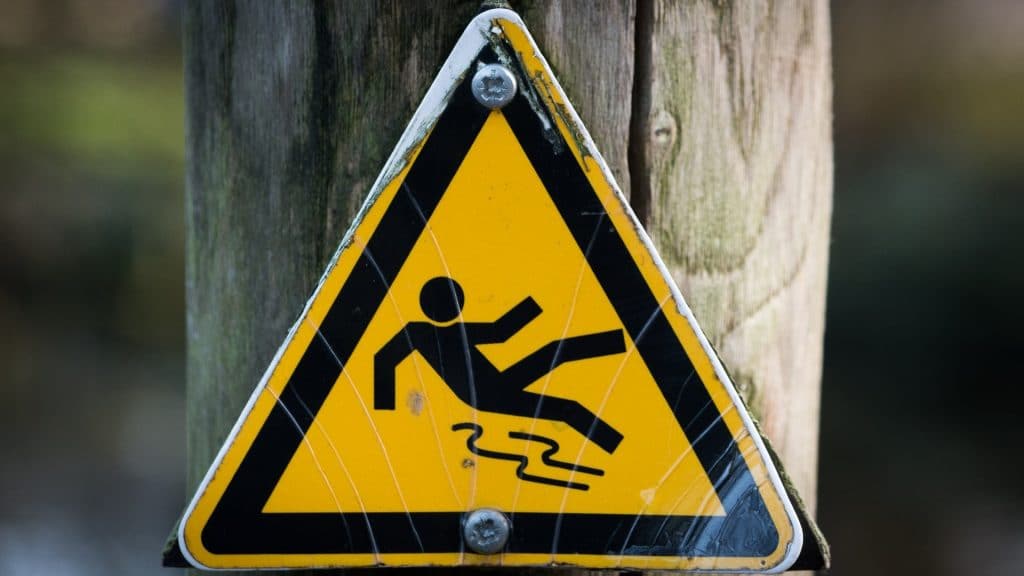
Falls in the elderly can be devastating in old age and seniors fear them rightfully. While everyone falls, they are much more at risk of falling and sustaining a severe injury. Falls are the leading cause of injury to seniors. We have provided the latest and the most crucial statistics on these falls to emphasize their severity. Here’s everything you need to know about falls and the elderly, what causes them, why fall prevention is essential, and the necessary steps you or your loved ones can take to prevent them!
The Most Important Falls in the Elderly Stats
- One in four seniors experiences a fall every year.
- Every 11 seconds, a senior is treated for a fall in the emergency room.
- Every 19 minutes, a senior dies from a fall.
What Are the Main Causes of Falls in the Elderly?
Falls are common in old age, and there’s not much we can do about them—the older we are, the more likely we are to fall, right? Not exactly. Old age is not directly responsible for most falls—it’s the years and decades of inactivity that take a toll on a person’s overall health and physical fitness. This is the number one reason older adults are at risk of sustaining injuries. But it’s only one of the reasons.
The most common causes of falls in the elderly and the risk factors that contribute to a fall can be divided into the following categories:
- physical risk factors—impairments, chronic conditions, and medications
- environmental risk factors—hazards in and around the home
- behavioral risk factors—things seniors do that increase their risk
Usually, pre-existing physical risk factors don’t even have to cause the fall but can make its outcome worse. A physically fit older person can also fall after a simple slip or engage in risky activity. Often, it’s not just one factor but a combination of factors that cause a fall—blurring the lines between the physical, behavioral, and environmental risk factors.
Key Risk Factors for Falls in the Elderly
There are several risk factors the elderly need to look out for:
Muscle Weakness, Arthritis, Balance, and Gait Problems
It seems logical, and indeed it is—if seniors can’t walk properly and keep their balance, they are more susceptible to falls. This is where the inactivity we mentioned comes into the picture. Without regular physical activity, we lose muscle strength and balance. Inactivity, in turn, even influences bone density and joint health—all of it leading to instability, lack of coordination, and the inability to break the fall effectively.
Visual Impairments
This cause of falls in the elderly is just as logical as the previous one—if seniors can’t see where they’re going, they’re more likely to trip and fall. We can’t stop our eyesight from worsening as we age, but we can take steps to decrease the risk of falling, such as always wearing prescribed eyeglasses.
Medication-Induced Sleepiness or Dizziness
This is one of the most manageable risk factors for falls in the elderly. Seniors have to take their prescribed meds, but there are often substitutes with fewer side effects like dizziness, sleepiness, slower reflexes, and dehydration, which can all contribute to these falls.
Environmental Hazards
Sometimes, accidents are just waiting to happen. When talking about falls in the elderly, causes can be hidden in plain sight. Our homes can be full of potential hazards—for instance, cables in pathways—that we don’t even think about until it’s too late. It’s important to recognize these risk factors and eliminate them. We can easily make our homes safer and prevent these frequent falls in the elderly by making simple changes.
Chronic Conditions
And finally, there are numerous chronic health conditions (other than the ones we’ve already mentioned) that can seriously put a senior at risk of falling. The following conditions are common causes of falls in elderly adults:
- heart disease—heart failure, low blood pressure, and arrhythmias can lead to fainting
- brain disease—epilepsy, Parkinson’s disease, Alzheimer’s disease, and other cognitive disorders
- diabetes—poorly managed diabetes can lead to visual impairments, numbness in the legs, and, in extreme cases, diabetic coma
- inner ear problems—the most important organ for our sense of balance is located in our inner ears; issues with it can cause vertigo
- alcoholism—alcohol abuse, especially paired with certain medications, can easily cause a person to fall
Importance of Fall Prevention in the Elderly
Falls may not seem as dangerous, but we’re sure these quick facts and stats will show you the importance of falls prevention.
- Falls can result in major injuries such as broken bones and life-threatening conditions like hip fractures and head trauma.
- Over 2.8 million American seniors are admitted to emergency departments annually because of falls—800,000 of which are also hospitalized.
- Falls are costly—both in the material and immaterial sense. When it comes to treating elderly fall, statistics show that the average cost of a fall injury is over $30,000. Furthermore, even without an injury, a fall can heavily influence a senior’s quality of life. They can develop a fear of falling, limiting their physical and social engagements. This can lead to depression and physical decline.
- Falls and fear of a loved one falling can result in increased caregiver burden, as well.
How to Prevent Falls in Older Adults
Whether you’re a senior citizen reading this and looking to protect yourself from falling or a caregiver looking to help your loved ones, this guide will benefit you. If a caregiver is involved, fall prevention needs to be a team effort. Following these simple steps will significantly reduce the risk and consequences of falls in the elderly and help seniors stay happy and independent for as long as possible.
Step 1: See if It’s Time to Talk About Fall Prevention
Use this questionnaire to determine if it’s time to take precautions.
| Answer the following questions: | Why does this matter? |
| 1. Have you already fallen in the past year? | If you have fallen once, you are more likely to fall again. |
| 2. Do you use a cane or walker, or have you been advised to use it? | If you do use a cane or walker, you are more likely to fall. |
| 3. Do you feel unsteady when you walk? | Unsteadiness is a sign of poor balance, which increases the risk of falls in seniors. |
| 4. Do you hold onto furniture when moving at home? | This is also a sign of poor balance. |
| 5. Do you worry about falling? | Worrying too much about the risks is counterproductive and increases your risk of falling. |
| 6. Do you need to push with your hands to stand up when sitting? | This is a sign of weak leg muscles, which is a major risk factor for falling. |
| 7. Do you have trouble stepping up onto a curb/walking up stairs? | This, as well, is a sign of weak leg muscles. |
| 8. Do you have to rush to the bathroom? | Rushing to the bathroom, especially at night, can lead to falls in older adults. |
| 9. Do you feel numbness in your feet? | Nerve damage, for example, as a result of diabetes, increases the risk of falling. |
| 10. Do you take medication that makes you feel sleepy or dizzy? | These side effects can increase your risk of falling. |
| 11. Do you take medication that helps you sleep or improves your mood? | These medicines can also increase your risk. |
| 12. Do you often feel sad or depressed? | Depression and feeling slowed down have been linked to falls in the elderly. |
If you’ve answered positively to the first two questions or at least four other questions, you are at risk of falling, and it’s time to start the talk about fall prevention.
Step 2: Start the Conversation
- First and foremost, you need to educate yourself about the impact of falls on the elderly. Our guide is an excellent source of information that will enable you to help prevent falls.
- Openly talk about these issues and convince your loved ones it’s time to make the necessary changes.
- Be compassionate and mindful of the tone and language you use. Explain to them why you are worried.
- Be persistent and recognize if one conversation is not enough. Talk as many times as necessary. Falls in the elderly, risk factors, and prevention have to be clearly explained.
- Be open, listen carefully, and adapt your strategy to the feedback you get from your loved ones.
Step 3: Determine the Risk Factors
- The key is in the individual approach to determining risk factors and managing them. Don’t just follow generic guides; really think about the care recipient’s situation.
- If you’re a senior citizen who lives alone, consider getting help at this point from a family member or friend.
- If it’s been a while since your last visit to your doctor and/or your eye checkup, set an appointment and talk to your doctor about your concerns.
- What causes the elderly to fall? Can it be an undiagnosed illness? Discuss any chronic and newly discovered health conditions with your caregiver and your doctor.
- Talk about medications and supplements with your family doctor. Make sure to include all the medication other specialists prescribed you and any over-the-counter meds.
- Talk with your caregiver about your daily routines to identify any behavioral risk factors, so you can stop doing them and get help when needed.
- Do a walk-through assessment of the hazards in and around your home with your caregiver. Primarily focus on the bathroom, stairs, floors, and lighting.
Step 4: Make a Plan
After identifying all the specific risk factors, it’s finally time to think about preventing these falls. Sit down and make an individual fall prevention plan. Write down all the things that need to change. We’ll help you by suggesting the most common changes that can be made for the prevention of falls in the elderly. You can then choose the ones that are the most beneficial in your specific situation. Moreover, you’ll see that some of them can even be really fun and improve the senior’s overall quality of life, not just prevent falls!
Step 5: Make Changes
- Find an appropriate exercise program: This is the most important change for preventing falls in the elderly that will help you gain and maintain muscle strength, balance, and coordination. Start by checking out the evidence-based falls prevention programs at the National Council on Aging. They are fun, and their goal is to keep you active and healthy for life.
- Talk to a physical therapist: If you’re unsure if you are safe to start some of these exercise plans, consult a physical therapist. They might also recommend you start using a cane or a walker.
- Revise your medication and limit your alcohol intake: Take appropriate meds for all your health conditions as prescribed. However, check with your doctor if there are alternative solutions to medications with too many or too strong side effects.
- Check your vision and hearing: Check your eyesight once a year, and always wear your prescribed glasses. Have a checkup to see if you have any problems with your inner ear that may make you feel dizzy, and wear your hearing aid if you use one.
- Foolproof your bathrooms: If you’re just beginning to wonder how to prevent falls in the elderly, make as many improvements to the place where most accidents happen first—the bathroom. Install grab bars in the shower/tub and near the toilet, and consider using a shower chair.
- Ensure your home is well lit: Get lighter window treatments or remove them altogether. Increase lighting throughout your home, especially on your way to the bathroom and on the top and bottom of the stairs.
- Make your stairs safe: Add rails to your indoor and outdoor stairs, at least on one side, but preferably on both sides. Make sure that the stairs aren’t slippery and find a solution if they are.
- Keep floors clutter-free: To eliminate some of the primary extrinsic risk factors for falls in the elderly, get rid of unnecessary stuff; remove throw rugs; don’t put electrical cords in your pathway or at least secure them with tape; don’t wax your floors; wear non-slip shoes instead of slippers.
- Install fall mats: Get up slowly from your bed and allow yourself some time to adjust before getting up. Consider positioning fall mats next to your bed, in the bathroom, or any other place you think you might fall so that they can cushion your fall.
- Get help when needed: Don’t put yourself at risk if you have problems with balance and coordination. Get someone to help you instead of climbing ladders and stools yourself.
Bonus: Medical alert systems can help with senior falls and give the elderly the peace of mind that help will be at the push of a button away. If you also get automatic fall detection, you won’t even have to push the button.
Reducing Falls During the Pandemic
The ongoing pandemic has made it more challenging for people to keep up with their physical activity and lifestyle routines. However, even during the pandemic, there is still something that can be done to keep the health and lower falls in elderly patients. That said, some of the methods of preventing falls throughout the pandemic include:
- Online physical activity programs—There are many virtual programs to keep older adults moving and strong while staying home
- Fall-proof your home—put non-slip mats and grab bars in the bathroom, keep open spaces clear of clutter, and make sure all stairs have hand railings, all of which will prevent slips, trips, and falls in the elderly.
- Telehealth support—Ever since the start of the pandemic, medical professionals have provided options for patients to interact with them through telehealth. You can check with your provider in case of a fall, vision or balance problems, or other risk factors of falling.
- Talk to your friends and family virtually—In times when we can’t see each other in person, it’s essential to stay connected and socialize with your close ones through FaceTime, Facebook, Zoom, and other platforms.
Conclusion
Many things cause falls in the elderly population, but you can do even more to prevent them or make them less harmful. Don’t be afraid to talk about falls with your loved ones or with your caregivers. Use a systematic approach to single out all of the extrinsic and intrinsic risk factors for falls in the elderly and deal with them one at a time. And that’s all there is to it! Stay active and independent for as long as possible, and you’ll enjoy a higher quality of life.
FAQs
Why do the elderly die after a fall?
People can die after falling for many reasons, including internal bleeding, head trauma, and bone fracture complications. So, life expectancy after a fall in elderly people may be shorter than expected. That said, even with less severe injuries after falls, the treatment and prognosis are still complicated.
How to prevent falls in the elderly in nursing homes?
Staff in nursing homes follow specific protocols, making sure residents are safe. Some of them include:
- Reviewing the residents’ medications, as some may cause dizziness and falling.
- Monitoring the seniors and walking with those at risk.
- Providing the residents with wheelchairs or walkers.
- Providing the residents with hip pads in case of a fall to prevent hip fractures.
- Assessing patients after falls to detect the cause and treat them.
What are the most serious consequences of a fall in the elderly?
Sadly, even minor trauma after a fall can end in hospitalization for the elderly, and many of them never regain functionality and confidence. However, the most serious consequences and complications of falls in the elderly are severe injuries, fall-related anxiety, and financial instability because of medical bills and lost wages. That’s why it’s imperative to detect all the possible risk factors and avoid these falls altogether.
What to do when an elderly person falls and hits their head?
In this kind of situation, the first step is approaching calmly and carefully. Then, it’s crucial to check for responsiveness. If the person isn’t responsive, start CPR, call 911, and stop the flow with a piece of clothing if there’s some bleeding. Then again, if they’re responsive, try to figure out how it all happened and determine possible injury or source of pain. If there aren’t signs of injuries, slowly help them into a sitting position. Finally, monitor them closely for 24 hours.
What season increases the risk of falls in the elderly?
Falls in older people can happen anytime and anywhere. Be that as it may, it’s believed that the risk increases during the autumn and winter months. Additionally, snow and ice represent a danger to anyone who goes outside in winter, and they are incredibly unsafe for seniors and lead to falls in the elderly.

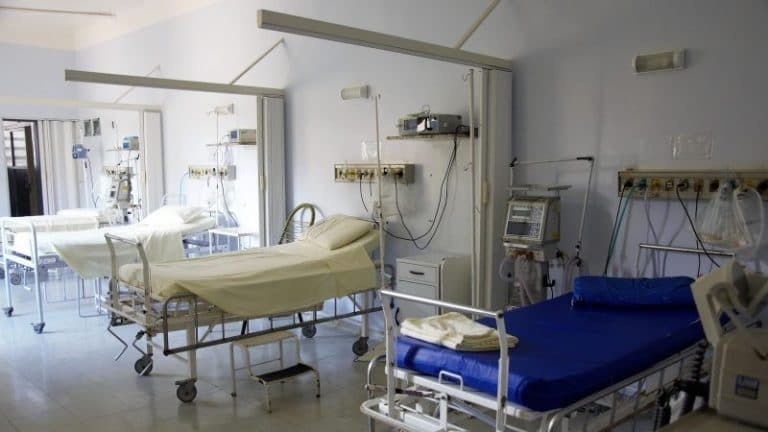
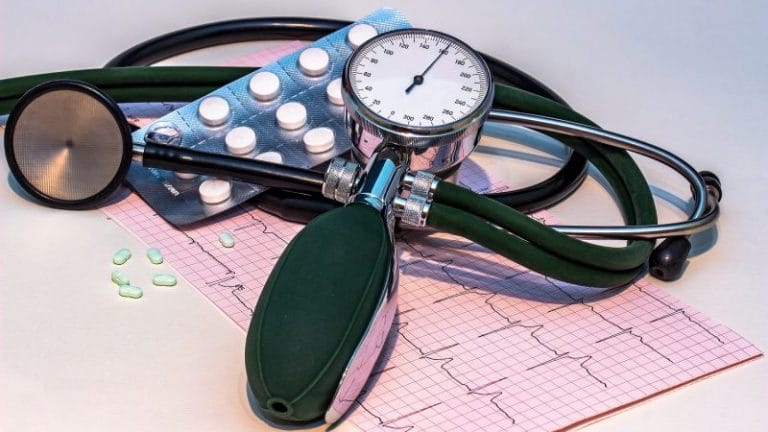

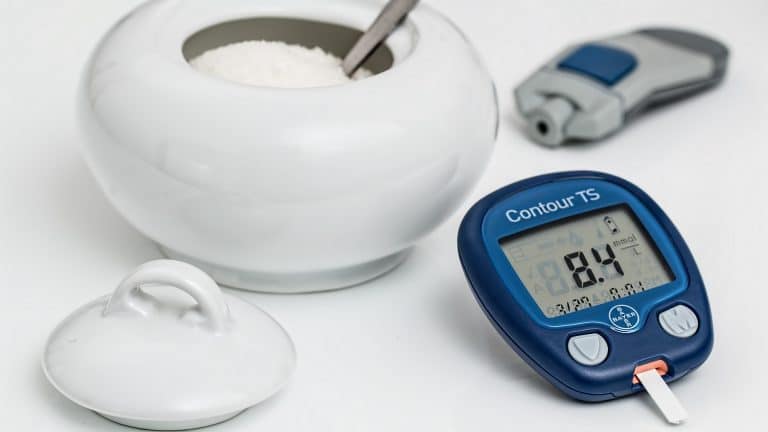

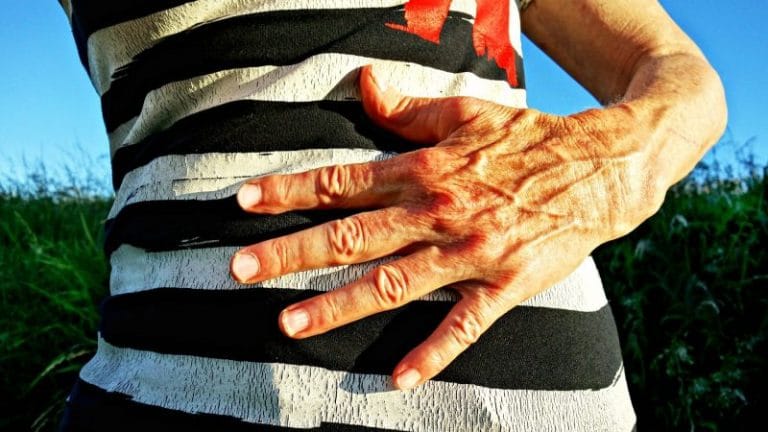
Thank you for taking the time to educate the public about this topic. I found the information to be well organized and easy to read and understand. Now that I am 72, I find that falling is more common than I realized. I do not exercise on a regular basis and you have validated what my daughter has told me about not exercising on a regular basis. So, off to the gym, I will start in 2022. Thanks!
Hi Jacqueline!
Thanks for this lovely comment. We’re always happy to raise awareness and help. It’s great that you decided to get more exercise, but maybe you should also look into medical alert systems so that your daughter doesn’t have to worry so much. Our team already tested the best ones on the market, so that our readers can choose the perfect one for their lifestyle.